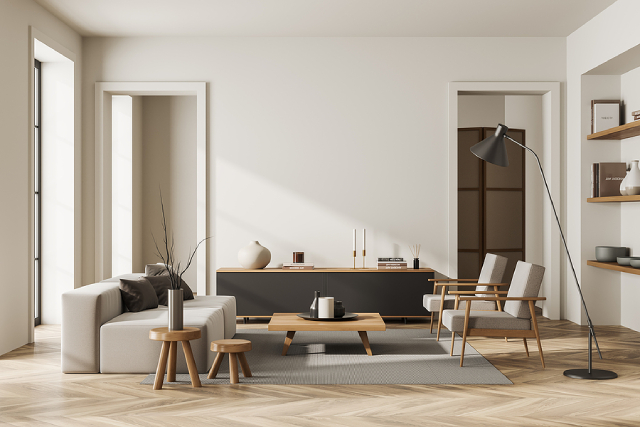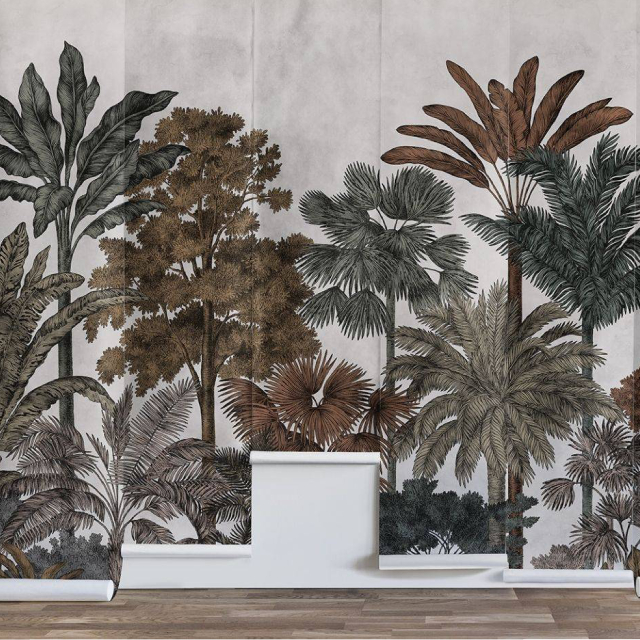Wallpaper and murals are great ways to transform your room to add a stylish flair. They are both used to create colour, depth and even texture in any room. While these words are often used interchangeably, there are several subtle differences between them. Here are the differences between murals and wallpaper to help you understand what is most suitable for your home.
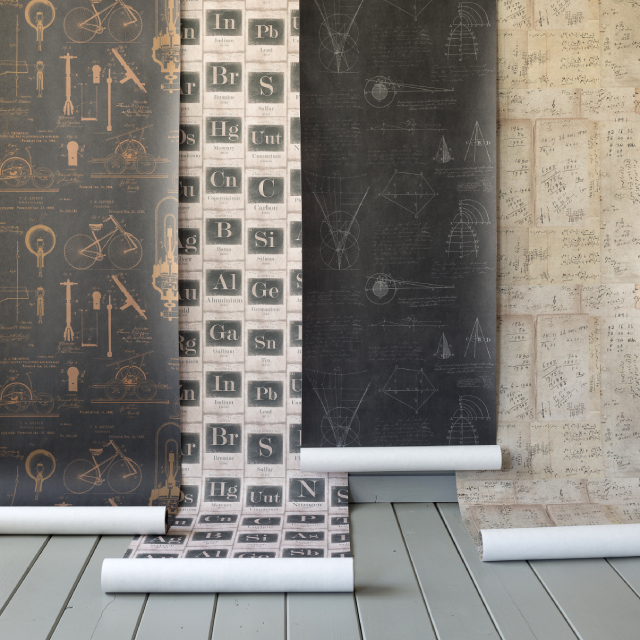
Wallpaper and murals use different materials.
There are some similarities in the materials that both murals and wallpaper use. Murals are printed sheets of photographs, while wallpaper is embossed or uses surface prints. These include cellulose, vinyl, velvet-flocked paper and even foil. While they may be built using the same materials, some are exclusively used for murals, such as photo paper, canvas and polyester.
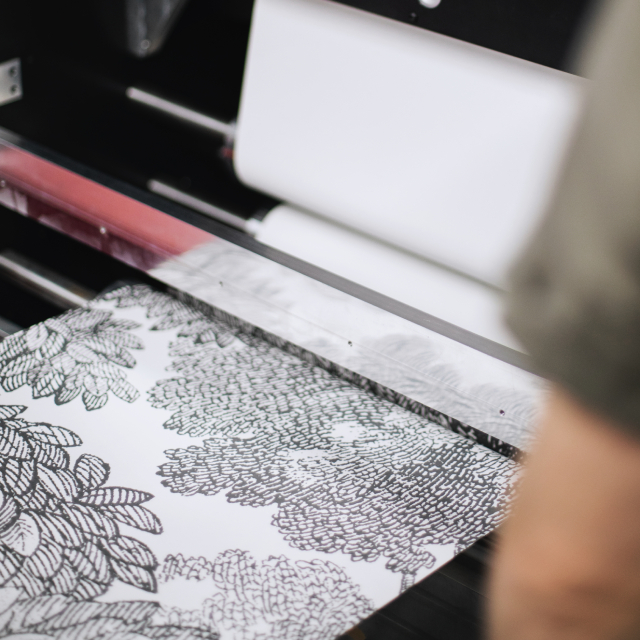

Wallpaper and murals have different uses in interior design.
Wallpapers typically consist of a repetitive motif or pattern that makes them suitable to be used all over an area to create a particular atmosphere. Meanwhile, the visuals on a mural tend to be unique, with less frequent repeats. Since they have different designs, murals are generally used as feature walls. You can use wallpaper to revamp the entire walls of the room as an alternative to repainting the area. Wallpaper can also be used in one area as a feature wall to add pattern and texture to a room. The wallpaper creates a contrast if used as a feature wall, giving the room more depth. As such, wallpaper and murals are typically used differently in a room as they have different visual styles.
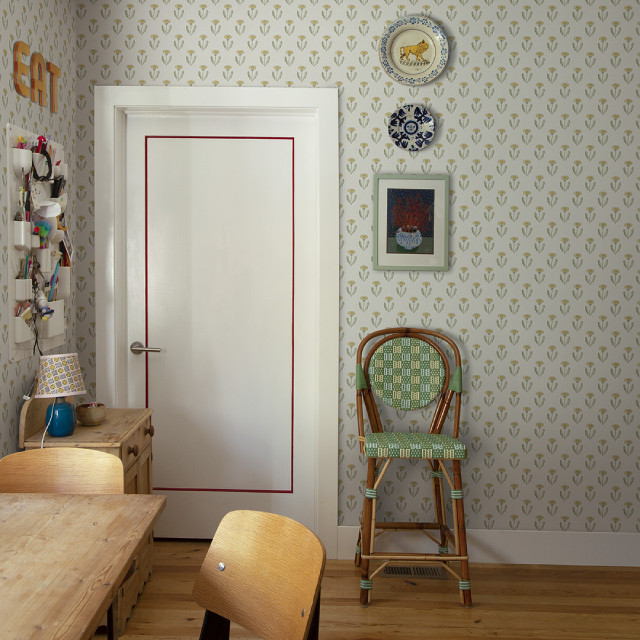
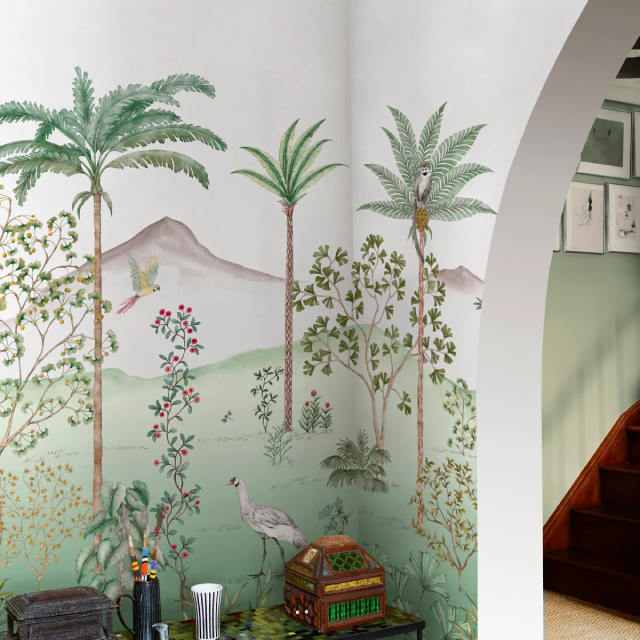
Wallpaper tends to have repetitive patterns, while murals are designed for impact.
As mentioned, wallpapers are generally more repetitive in terms of their prints. These prints come in various styles ranging from abstract forms to florals to textures such as wood and marble. The wall paper design for the living room can impact the atmosphere and vibe of the room. For instance, marble prints are a great way to evoke a sense of luxury in the room without breaking the bank. Wooden prints, in contrast, can create a rustic yet cosy atmosphere.
As murals are often used for feature walls, mural designs tend to be more impactful. These make for great statement walls and consist of family portraits to artistic designs. A family portrait can form a mural in the living room in place of picture frames, while opting for more artsy designs makes the home interior appear more visually exciting.
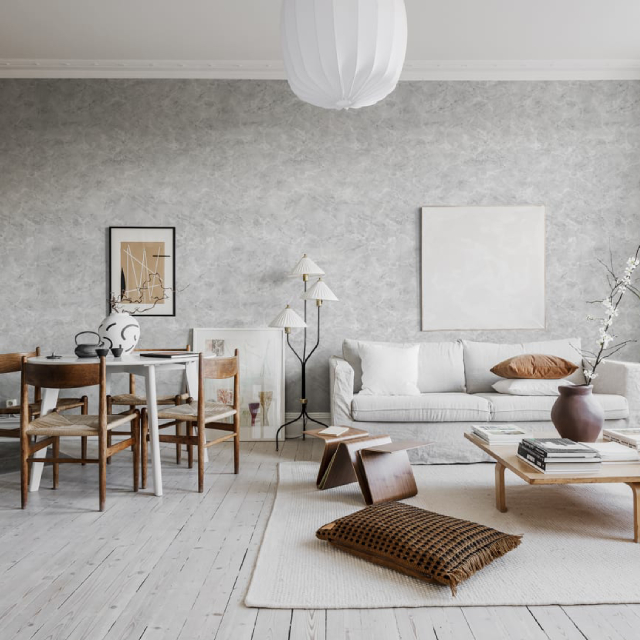
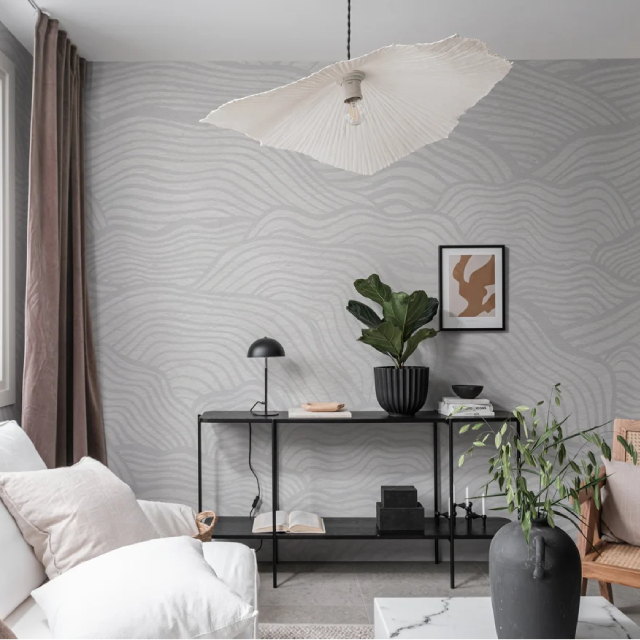
Wallpaper and murals have different applications.
Wallpaper is incredibly versatile, and there are many ways to use wallpaper. Since wallpapers tend to have a recurring image, they are often sold in rolls. When purchasing wallpaper, you must ensure that the roll you purchase is enough to cover the area you want.
Murals are sold as panels. As murals are often customisable images or designs, murals are typically fitted to the area and come as a panel instead of a roll. When purchasing murals, it is vital that your measurements are accurate, as it will affect the outcome of the mural.

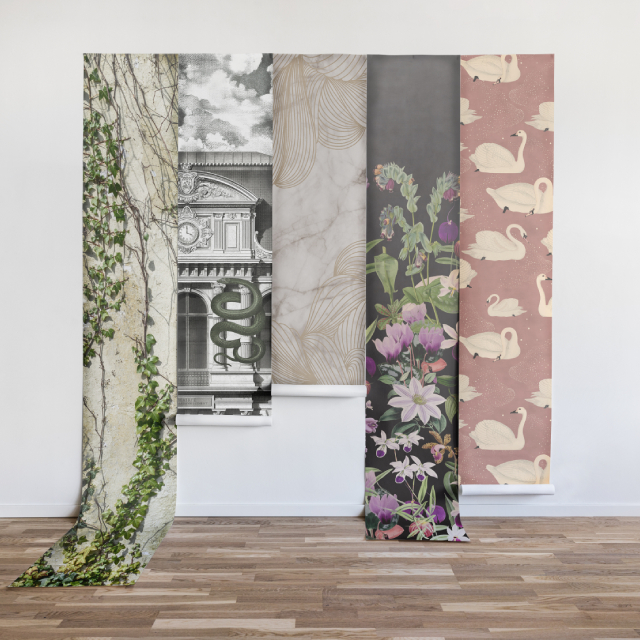
Conclusion
Wallpaper and murals are stylish and creative ways to transform the walls of a room– the possibilities are endless. Understanding their differences allows you to make the right choice for your home design projects. Here at HONPO, we offer a wide range of designs suitable for any home! If you are planning to spruce up your home, find a stylish wall paper design in Singapore with us.

